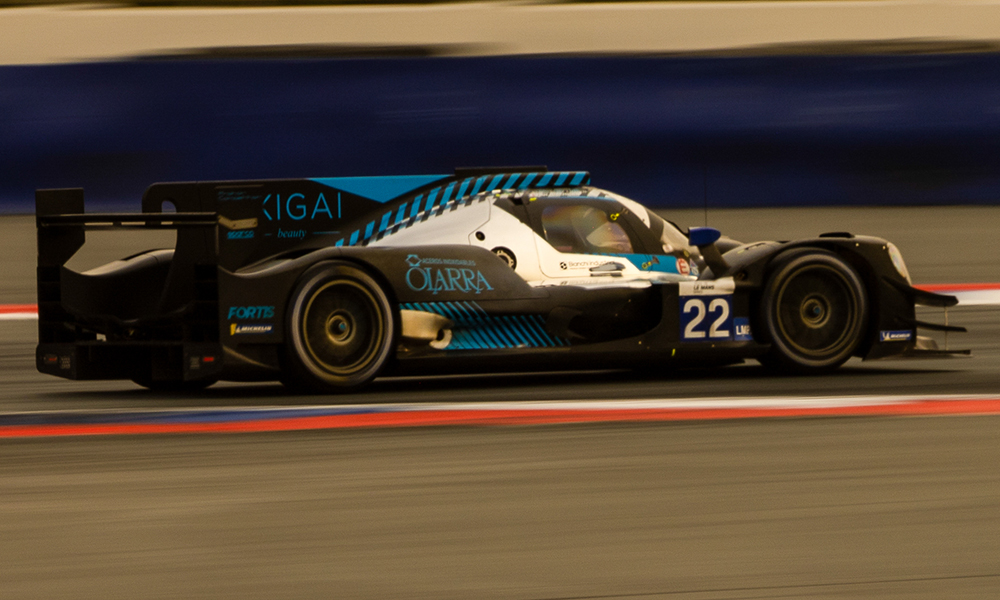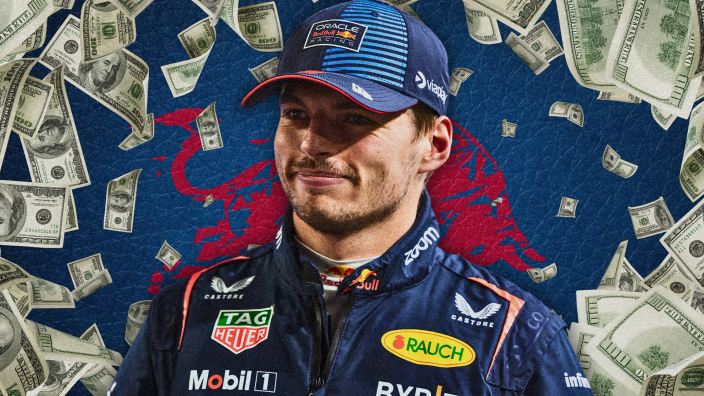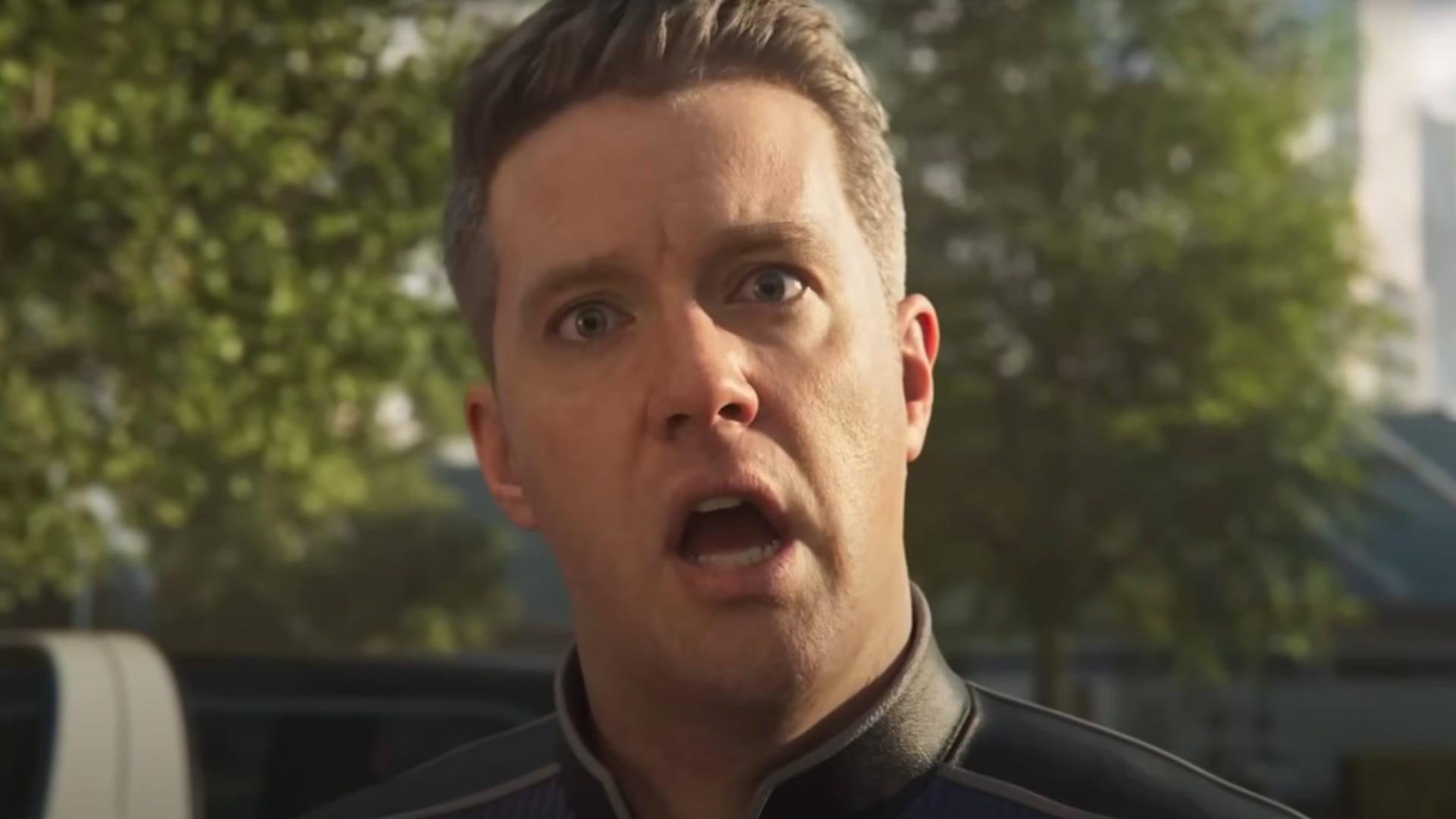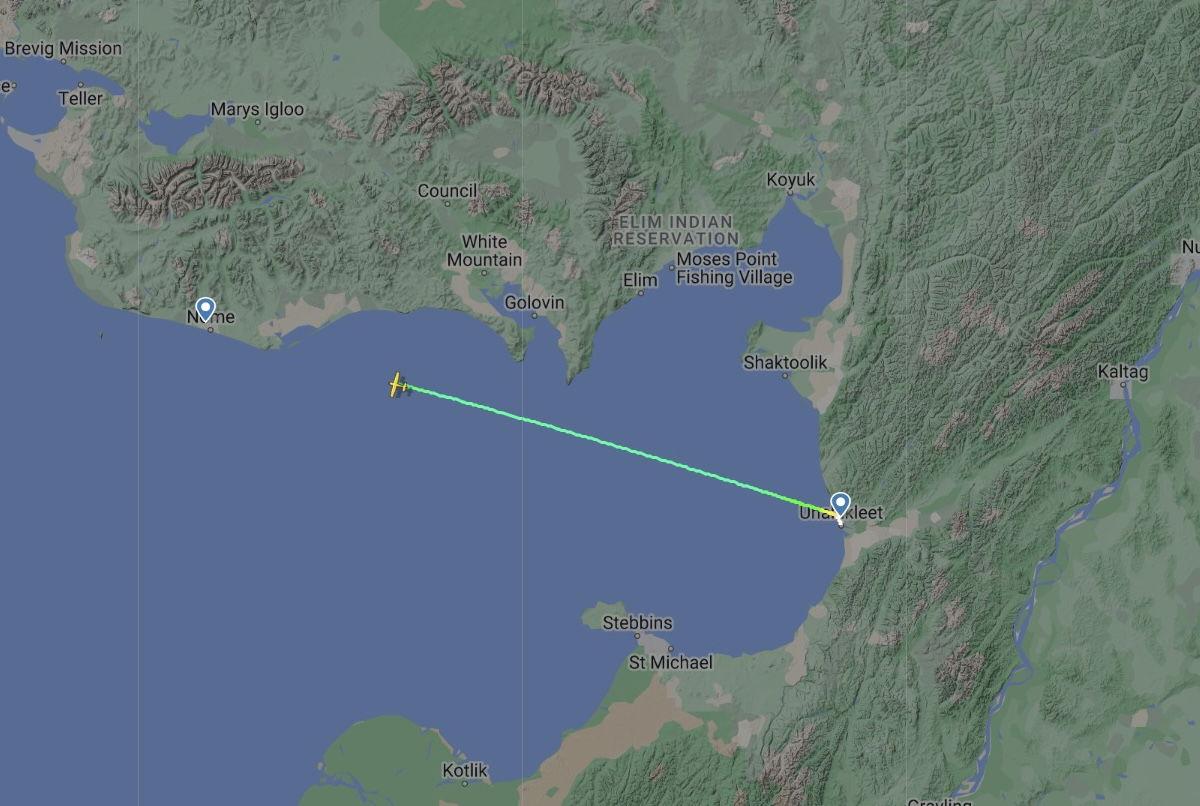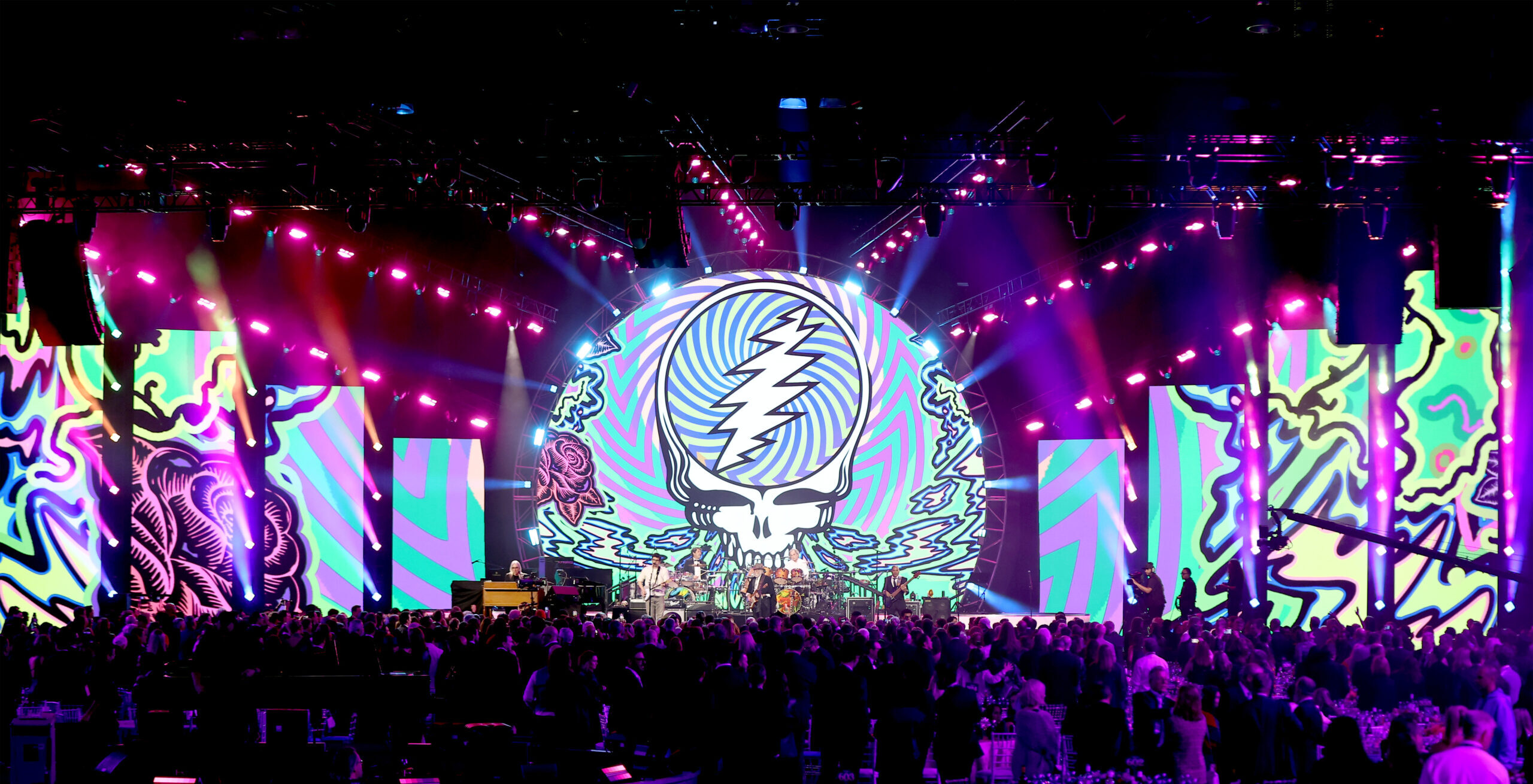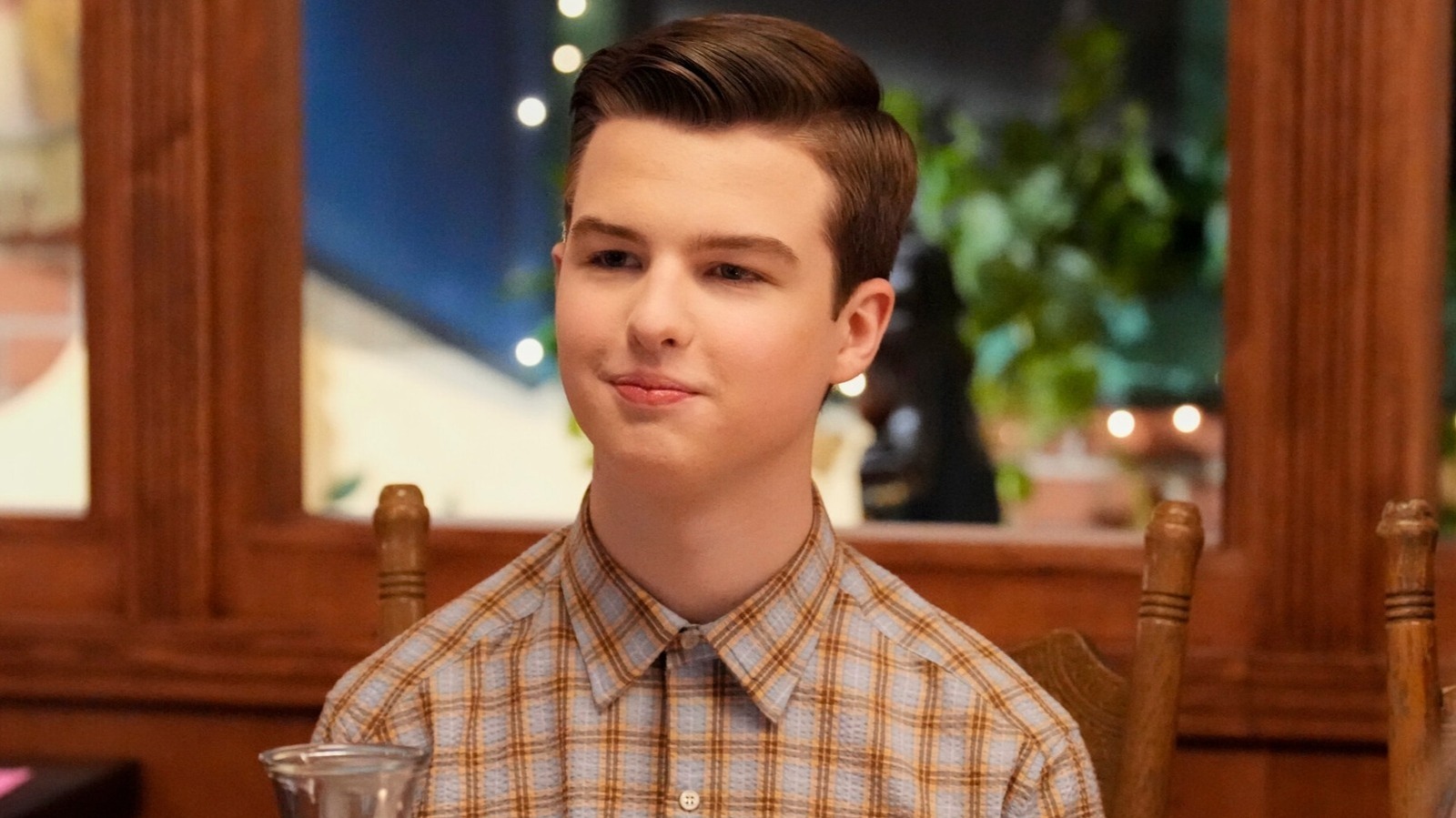How 'Chiefsaholic' DP Captured the True Crime of Rabid Fandom
The Super Bowl is the most-watched event across America. It's a time when everyone is obsessed with their TV, and if your favorite team is playing, you'd do anything to be there. Including committing a crime. That's the story behind one of my favorite docs of the year, ChiefsAholic: A Wolf in Chiefs Clothing, a feature-length documentary on Amazon Prime. That's why I was so excited to sit down with Bruce James Bales, the talented cinematographer behind the movie. Whether it’s crafting the dynamic visuals of B-roll and recreation scenes or creating intimate moments during interviews, Bruce’s technical expertise and attention to detail elevate every frame. Let's dive into our interview. - YouTube www.youtube.com NO FILM SCHOOL: Bruce, ChiefsAholic tells such a wild and complex story about Xaviar Babudar. As the Director of Photography, what was your initial reaction when you first read the script and learned about this true-crime tale? How did it shape your approach to the cinematography? Bruce James Bales: For this particular project, there was no script. Instead, we were often right in the middle of the story as it was developing. Our main character was pretty elusive, so we didn’t always have a lot of time to react to what was happening. We truly had to be on our toes. Because of this, I knew we would need to have a few different styles of approach. First and foremost, we kept a journalistic approach to the vérité scenes, trying to remain flies on the wall as the story progressed. For interviews, we kept it very simple. We often had multiple interviews in a day with a small crew in tight spaces, so a lot of what we did was just one or two lights with some negative fill. For our recreation scenes, we got to be more creative. Utilizing a Steadicam and Kowa Anamorphic lenses, we aimed for a more distorted view as most of our recreations focused on Xaviar’s robberies and subsequent arrest. NFS: The film explores super fandom, family, and the consequences of living in the spotlight. How did you and Director Dylan Sires work together to visually express these themes through the cinematography? Were there specific visual motifs or techniques you used to capture the complexity of Babudar’s story?BJB: I can’t say enough good things about Dylan’s vision for this film. He had a clear plan for how to capture the action and tell the story, and then he empowered me and the camera crew to take those ideas and expand on them. Working with someone who you’ve known for a while makes it a lot easier. I trust Dylan, and I know he put a lot of thought into his decisions. Cinematographer Bruce James Bales CREDIT: David Poyzer // Impact 24 We spent a lot of time in a van talking about narrative films like Moneyball and Uncut Gems, each for a different reason. Moneyball was such a well-crafted story, and it inspired us to think about how we were telling our stories and how to emotionally connect with the characters in ChiefsAholic. For us, Uncut Gems was all about the pacing and energy of the cinematography. We really liked using close-ups during our vérité scenes to provide a hectic feeling, and then we used Steadicam and drone footage to help give our recreations some movement and a feeling of tension. We knew we were telling a story about someone on the fringes of society, so we wanted our visual approach to amplify that. For that reason, we chose to mix vintage Japanese anamorphic lenses into the film through our recreation scenes, making them distorted and textured. We also knew we wanted to be close in proximity to Xaviar when we had access to him. We kept a close-up on him for almost all of our time with him. We wanted the audience to see deep into his emotions because it was a complex myriad of them. NFS: One of the standout aspects of the cinematography in ChiefsAholic is the use of vintage Japanese anamorphic lenses. What drew you to these lenses, and how did they contribute to the unique visual language of the film?BJB: I used the Kowa Anamorphics for a documentary titled Freshwater with Director/DP Ian Planchon, and they provided us with a distorted, otherworldly feel that was so vivid and strong. I used them again recently on a short Western film with Director Chase Stine, and I was again taken by how creamy and odd they could be. They were one of my first thoughts for the recreation scenes in ChiefsAholic and luckily, Dylan Sires was into the idea as well. 'Chiefsaholic'CREDIT: Amazon Prime The lenses have such a strong character built into them. They have this intense distortion that I felt reflected how Xaviar saw the world. The vintage nature of these anamorphic lenses differentiated the recreations from the rest of the film while also giving the scenes a unique texture. Their contrast levels are really nice, and the lenses are also very lightweight and were great for those run and gun recreation days. I find them to be very sharp, even wide open, and I love the way they look when


The Super Bowl is the most-watched event across America. It's a time when everyone is obsessed with their TV, and if your favorite team is playing, you'd do anything to be there.
Including committing a crime.
That's the story behind one of my favorite docs of the year, ChiefsAholic: A Wolf in Chiefs Clothing, a feature-length documentary on Amazon Prime.
That's why I was so excited to sit down with Bruce James Bales, the talented cinematographer behind the movie. Whether it’s crafting the dynamic visuals of B-roll and recreation scenes or creating intimate moments during interviews, Bruce’s technical expertise and attention to detail elevate every frame.
Let's dive into our interview.
- YouTube www.youtube.com
NO FILM SCHOOL: Bruce, ChiefsAholic tells such a wild and complex story about Xaviar Babudar. As the Director of Photography, what was your initial reaction when you first read the script and learned about this true-crime tale? How did it shape your approach to the cinematography?
Bruce James Bales: For this particular project, there was no script. Instead, we were often right in the middle of the story as it was developing. Our main character was pretty elusive, so we didn’t always have a lot of time to react to what was happening. We truly had to be on our toes.
Because of this, I knew we would need to have a few different styles of approach. First and foremost, we kept a journalistic approach to the vérité scenes, trying to remain flies on the wall as the story progressed. For interviews, we kept it very simple. We often had multiple interviews in a day with a small crew in tight spaces, so a lot of what we did was just one or two lights with some negative fill. For our recreation scenes, we got to be more creative. Utilizing a Steadicam and Kowa Anamorphic lenses, we aimed for a more distorted view as most of our recreations focused on Xaviar’s robberies and subsequent arrest.
NFS: The film explores super fandom, family, and the consequences of living in the spotlight. How did you and Director Dylan Sires work together to visually express these themes through the cinematography? Were there specific visual motifs or techniques you used to capture the complexity of Babudar’s story?
BJB: I can’t say enough good things about Dylan’s vision for this film. He had a clear plan for how to capture the action and tell the story, and then he empowered me and the camera crew to take those ideas and expand on them. Working with someone who you’ve known for a while makes it a lot easier. I trust Dylan, and I know he put a lot of thought into his decisions.
 Cinematographer Bruce James Bales
CREDIT: David Poyzer // Impact 24
Cinematographer Bruce James Bales
CREDIT: David Poyzer // Impact 24
We spent a lot of time in a van talking about narrative films like Moneyball and Uncut Gems, each for a different reason. Moneyball was such a well-crafted story, and it inspired us to think about how we were telling our stories and how to emotionally connect with the characters in ChiefsAholic. For us, Uncut Gems was all about the pacing and energy of the cinematography. We really liked using close-ups during our vérité scenes to provide a hectic feeling, and then we used Steadicam and drone footage to help give our recreations some movement and a feeling of tension.
We knew we were telling a story about someone on the fringes of society, so we wanted our visual approach to amplify that. For that reason, we chose to mix vintage Japanese anamorphic lenses into the film through our recreation scenes, making them distorted and textured. We also knew we wanted to be close in proximity to Xaviar when we had access to him. We kept a close-up on him for almost all of our time with him. We wanted the audience to see deep into his emotions because it was a complex myriad of them.
NFS: One of the standout aspects of the cinematography in ChiefsAholic is the use of vintage Japanese anamorphic lenses. What drew you to these lenses, and how did they contribute to the unique visual language of the film?
BJB: I used the Kowa Anamorphics for a documentary titled Freshwater with Director/DP Ian Planchon, and they provided us with a distorted, otherworldly feel that was so vivid and strong. I used them again recently on a short Western film with Director Chase Stine, and I was again taken by how creamy and odd they could be. They were one of my first thoughts for the recreation scenes in ChiefsAholic and luckily, Dylan Sires was into the idea as well.
 'Chiefsaholic'CREDIT: Amazon Prime
'Chiefsaholic'CREDIT: Amazon Prime
The lenses have such a strong character built into them. They have this intense distortion that I felt reflected how Xaviar saw the world. The vintage nature of these anamorphic lenses differentiated the recreations from the rest of the film while also giving the scenes a unique texture. Their contrast levels are really nice, and the lenses are also very lightweight and were great for those run and gun recreation days. I find them to be very sharp, even wide open, and I love the way they look when you get close to your subject, which we did a lot in our recreations.
NFS: The film includes a mix of dynamic B-roll, recreations, and intimate interview moments. Can you walk us through your approach to balancing these different visual styles? What technical or creative challenges did you face in bringing the narrative’s varying tones to life?
BJB: Anytime you are making a documentary you know things will not be as controlled as they are in the narrative world. I think a DP’s job on a documentary is to tell the story but also to keep things as uniform as possible. It starts with trusting your camera operators, and I had great ones in Dylan Sires, Spencer Smith, Cole Needham, Andrew Peterson, Gabi Watkins, Lakoda Leep, Cole Netten, and Collin Martin. Our team understood what we were trying to do, and they kept it simple to ensure the story was captured in some intense environments. This was truly a team effort.
We embraced the idea of simplicity. We were a small crew, and we didn’t want to make ourselves overly present, so we kept our footprint light and our setups small. That was really the big challenge for ChiefsAholic, trying to strike a balance between the raw feeling of the documentary with a cinematic approach. Usually, we were working fast and light, enabling us to get a lot of content for the edit. It was a welcome challenge because many of us on the crew were used to working more at the independent level. This still very much felt like an independent production.
 'Chiefsaholic'CREDIT: Amazon Prime
'Chiefsaholic'CREDIT: Amazon Prime
The experience I have with the independent level I think, gave me a leg up. My crew and I think quickly on our feet; we are hungry to try new things, and we all work really hard. I think that is what made us able to make this film come to life the way it did.
NFS: You mentioned using steadicam rigs to bring a raw energy and intensity to the film. Can you elaborate on some of the key scenes where this technique played a critical role in conveying the emotional or psychological depth of the story?
BJB: We had an amazing Steadicam Operator named Lakoda Leep out of Tulsa for all our Steadicam work. We wanted to use Steadicam to mimic the feeling of control and pressure Xaviar must have felt during his robberies and subsequent arrest. We chose to stay behind him for a lot of the recreations, showing the audience what was in his view during the crimes. We found this to be a very effective choice that we really took from films like the Nolan Batman Trilogy. Both Dylan and I loved the way the camera builds tension in those films, and our drone operator Cole Netten used his cinematography to amplify that feeling as well.
We felt that a more controlled approach reflected the modus operandi of Xaviar. Up until the bank robbery in Tulsa that was his undoing, he had been very successful through a calculated criminal approach. We wanted the recreations to reflect that. He knew what he was doing, and we wanted our camera to be confident and smooth. Lakoda really gave it his all on every shot and helped to amplify the intensity of those robbery and arrest recreation scenes in ChiefsAholic.
NFS: ChiefsAholic has already made a significant impact, landing in Amazon Prime's Top 10. How does it feel to see the film resonate so strongly with audiences? What do you think it is about the film’s visuals and storytelling that made it connect with viewers on such a large scale?
BJB: I think it’s all about the story, and this story is unlike anything I have heard of before. I think we are fascinated by criminality and the idea of the outlaw. Xaviar was an outlaw and, for a great deal of time, a very successful one.
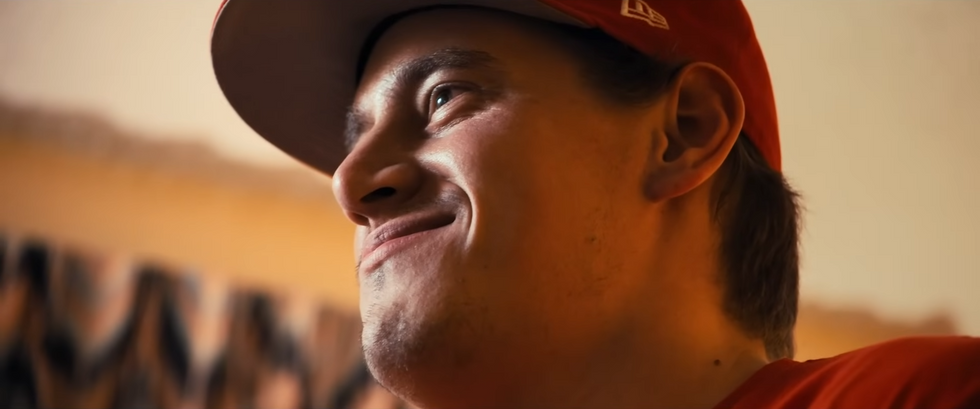 'Chiefsaholic'CREDIT: Amazon Prime
'Chiefsaholic'CREDIT: Amazon Prime
Dylan really tried to show Xaviar as a person with motivations and problems while also questioning his lifestyle and decisions. The complexity of character was something we spoke a lot about, and we tried to keep the vérité scenes and recreations very different from one another in order to highlight this juxtaposition: the good and the bad, the person and the criminal.
I have to give credit to Dylan and the film’s editor, Alex Amoling, as they are the two who took our footage and really made a high-energy, emotional rollercoaster of a film. For me, it feels like watching our favorite team in a really high-stakes game. You love them, you hate them, but you feel all the emotions of that event. Watching the film still makes my heart beat a little faster. I think that is what ChiefsAholic does best. It is a wild ride.
NFS: What advice would you give to aspiring cinematographers who want to break into the industry, particularly those interested in working on documentaries or true-crime films? What skills or techniques do you consider essential for this kind of work?
BJB: I think patience is a great trait to have as a cinematographer working within any genre or medium. ChiefsAholic really taught me the value of watching and waiting as a story unfolds. Building off of that, take good care of yourself. Make sure to stay hydrated, have some snacks nearby, and be prepared for long hours and long takes. Documentaries move fast, and sometimes, you don’t have a lot of time for the normal daily activities or structure. Find your balance, zen, flow state, or whatever you call it. If you have patience, that pocket will open up, and you’ll be surprised at how attentive you become to what is going on around you.
Listening is also a great skill to have. The ability to clock several conversations or watch something out of the corner of your eye is often how some of the best shots or scenes are captured. I’ve found that sometimes the best scene happens right after you cut on one, so I’m always ready to roll the camera again. Furthermore, I would let your shots linger even longer than you think you should. You never know what is coming next.
Lastly, I would say be curious. Take in the story and your surroundings. Try to learn about what you are covering. Ask the director a lot of questions, and always take good notes. With ChiefsAholic, we spent a lot of time together in vehicles, and I took full advantage of that time with Dylan in order to better understand how he saw the film coming together. That curiosity and communication are what opened us up to some really incredible moments.
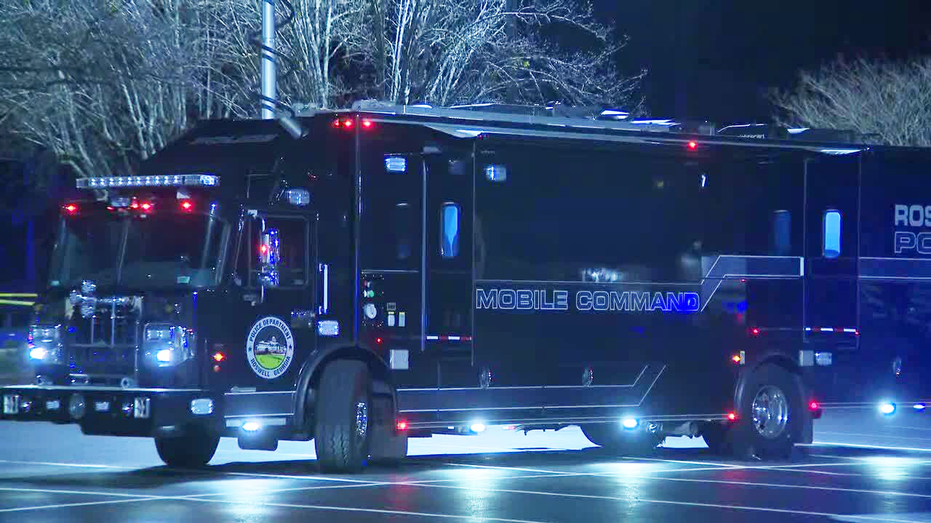









![From freeCodeCamp to CTO with Robotics Engineer Peggy Wang [Podcast #159]](https://cdn.hashnode.com/res/hashnode/image/upload/v1738967132406/6ab8c7bb-397a-42b3-bb91-ff9c4842ead0.png?#)












